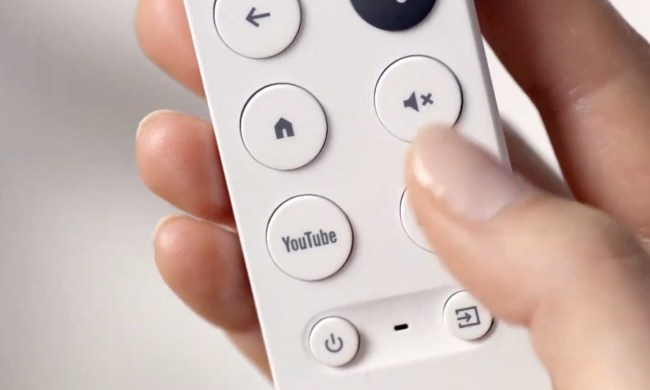
TV continues to exist in an eternal state of flux: Consumers aren’t quite sure where it’s heading and manufacturers are still trying to pull the right strings to get the next phase off the ground. But there are more than a few complications keeping us in this proverbial purgatory of television and streaming content.
But change is going to come, and amid news that Google is interested in entering the cable TV business and continued rumors that Apple will be releasing its own branded television set, we also have to wonder what’s going to happen with streaming services like Hulu and Netflix. TalkPoint CEO Nick Balletta says that the real battle to hedge is with cable companies.
“It’s the cable guys you have got to worry about,” he says. “The people that own and control the last model are going to be the ones to get really worried about it.” Forget applications having a say in all this: The real war is going to be fought between cable networks and the content providers that want to move on to a new format.
Balletta says one of the short term consequences will be cable companies metering bandwidth. And why wouldn’t they? Carriers are losing out on the money they formerly got from customers subscribing to their content packages. According to a Fierce Cable report, Cable One, the tenth largest cable operator lost 23,000 subscribers over the third quarter. Cox Communications is also taking steps to penalize customers who exceed their bandwidth caps in attempts to bump them up to pricier plans.
And content providers are struggling with this, given that they can and are making money off of streaming revenues. CBS recently reported its third quarter growth was partially in thanks to streaming sales.
This all makes the tug-of-war between Hulu, Netflix, and YouTube seem like kids’ stuff. But while cable companies and major content providers fight it out over the big picture, these portals are still exercising their influence for when the time comes. “Farther off, I think [YouTube] will challenge
So where are we heading? Balletta says connected TVs will hit their stride in about a year, during the holiday shopping season of 2012. Between now and then, there’s a seemingly endless amount of fragmentation to be dealt with before we can truly cut the cord.


